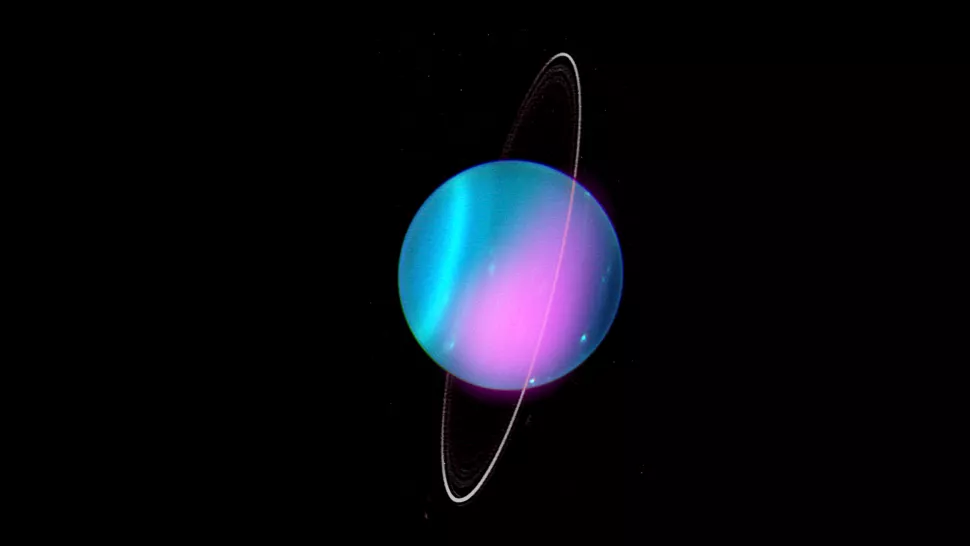MI weekly selection #483

Long-lost moon may have been cause of Uranus’ stark tilt
Astronomers have long suspected that a series of giant impacts early in the planet’s formation flipped Uranus on its side, but new research suggests the planet’s 98-degree-tilt could have been caused by a long-lost moon. It is possible that the tilt was caused by the gravitational pull of a large moon that ultimately collided with Uranus once the tilt became so stark.
Full Story: Space
Can a sleeping brain learn languages?
The human brain is a complex machine that can learn languages while it sleeps, writes Matthieu Koroma, researcher and co-author of a study in Frontiers in Neuroscience. In this commentary, Koroma shares the results of an experiment in which adult learners heard Japanese-language words paired with sounds while they slept.
Full Story: The Conversation
Asteroid twice size of dino killer hit Earth 2B years ago
New research shows an asteroid that struck Earth approximately 2 billion years in what is now Vredefort, South Africa, was likely twice the size of the infamous Chicxulub asteroid that killed the dinosaurs 66 million years ago. “Unlike the Chicxulub impact, the Vredefort impact did not leave a record of mass extinction or forest fires given that there were only single-cell lifeforms and no trees existed two billion years ago,” said Miki Nakajima, planetary scientist and co-author of the study.
Full Story: Live Science
Earliest mammal likely had 38 chromosomes
A group of international researchers have pieced together the genome of the earliest mammal and found it likely contained 38 chromosomes. “This remarkable finding shows the evolutionary stability of the order and orientation of genes on chromosomes over an extended evolutionary timeframe of more than 320 million years,” said Harris Lewin, senior author and evolutionary biologist.
Full Story: ScienceAlert
Fortified silk is strongest, stretchiest material ever
Researchers have discovered a way to fortify silkworm silk, making it one of the strongest materials in existence. A team of scientists found that by first dissolving silk from the silkworm and then respinning it with ions of zinc and iron, they could create a material 70% stronger and stretchier than natural silk.
Full Story: New Scientist